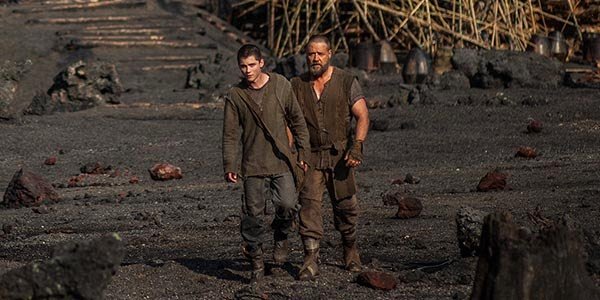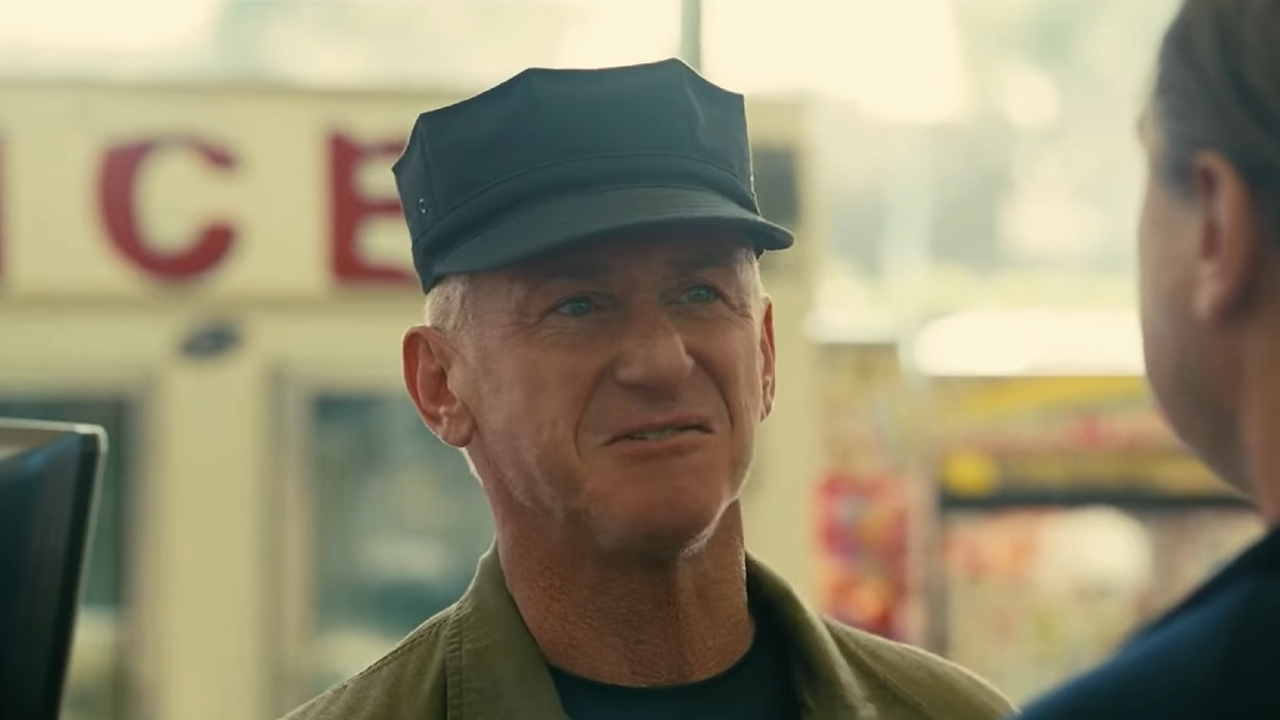
Director Darren Aronofsky is no stranger to risk. As an independent filmmaker, he maxed out his credit card to make an unmarketable drama about a savant who unlocks the code within the numbers of Pi. Then he went straight at the ratings board with his intense, unrated Requiem For A Dream, with distributor Artisan controversially backing his decision. Later, he bled for The Fountain, taking a year to downsize a more ambitious vision for the film when star Brad Pitt backed out. And his low budget compromises with The Wrestler and Black Swan were works of a director with unparalleled ambition but highly limited means. That the latter grossed an improbable $329 million globally is sort of amazing.
Aronofsky has now cashed in his goodwill and gotten behind the $125 million-budgeted Noah. Earlier reports had suggested things were contentious between Aronofsky and Paramount, and a mammoth new THR report confirms exactly that, while going behind the scenes of an audacious motion picture experience. For the first time, Aronofsky surrendered final cut in order to grease the wheels on a collaboration between an idiosyncratic filmmaker and a powerful mega-conglomerate. But Aronofsky ended up sticking to his guns, and the theatrical version we get to see is apparently his and his alone.
Aronofsky’s movies have always been powerful and confrontational, though it was only a matter of time before he surrendered to the threat of test screenings. Separate versions of the film were shown to audiences, with incomplete effects and music, but while Aronofsky said he felt he and the studio hit a "rough patch," he now says Paramount fully supports his vision - the one hitting screens, and the one that he championed over cuts preferred by Paramount and production president Adam Goodman. Says Aronofsky:
"My guys and I were pretty sure that because of the nature of the film and how we work, there wasn't another version. That's what I told them … the scenes were so interconnected -- if you started unwinding scenes, I just knew there would be holes. I showed it to filmmaker friends, and they said the DNA was set in this film… I'm a great closer. I've never reshot a frame, and I think that's very odd on big-budget movies. We're meticulous. We come from independent film, with limited resources."
Goodman, you may recall, performed similar triage on a couple other Paramount films, namely last year’s troubled G.I. Joe: Retaliation and World War Z. Ultimately, those two were hits, but the studio now feels that they can trust Aronofsky that he can produce a similar result, particularly with 65 foreign territories registering high awareness of the film’s upcoming 3D release (a format that will not be an option in the U.S.).
The report is overall a fascinating read, and features more than a few contradictions: reportedly, the test scores were equal for both Aronofsky’s version and the studio’s cut, though Aronofsky claims his cut was never test-screened. And the article suggests a very low marketing awareness for the film amongst the religious core, while spotlighting some negative comments from some test-screen crowds. Regardless, it’s a project of massive ambition, and you’ll be able to check it out on March 28th.
Your Daily Blend of Entertainment News
